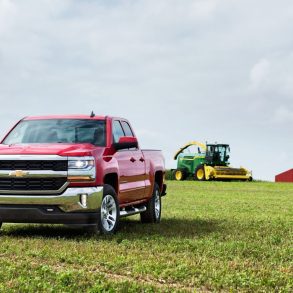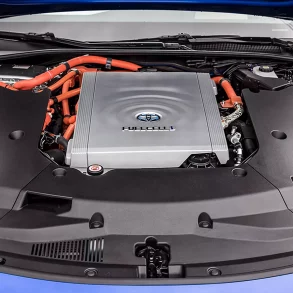Summary
- An oft overlooked metric of financial success for a company is revenue efficiency, or “How much do we make per employee?”
- South Korea’s Hyundai, who own KIA, easily tops the list with affordable cars made by two small companies with extremely efficient production
- The least efficient brands, at least in revenue, centered around the big six from Japan: Subaru, Toyota, Honda, Mitsubishi, Nissan, and Mazda
- Ferrari S.p.A. came in third place in terms of revenue efficiency despite being the definition of a boutique brand
- GM edged out Ford for USA’s most revenue efficient brand at 5th overall
- We think that the analysis of all the data shows that it’s not necessarily your production efficiency that drives your revenue efficiency, it’s how you utilize the resources you have to the maximum.
A measurement of an automaker’s overall success that is often overlooked is that of how much revenue each employee brings in. Known in the industry as “Revenue Efficiency,” this metric measures overall yearly revenue compared to the total workforce size.
Keep in mind, some workforces can be hundreds of thousands of employees in size, while others can have only a few tens of thousands. Some of the data presented in today’s analysis might surprise you with where some companies are in the metric, so let us delve into which companies are the most efficient at making money!
South Korea Is The Big Winner
Across the twelve months of 2023, Hyundai, who own sister brand Kia, made some seriously ridiculous amounts of money, very efficiently, from a small workforce. Kia brought in $72.67 billion, while Hyundai proper brought in $117.98 billion, for a combined total of $190.65 billion.
Kia easily topped the efficiency list, as they have a recorded workforce of 34,178. Dividing the total revenue by the total number of employees, each worker provided a value of $2.13 million for the year.
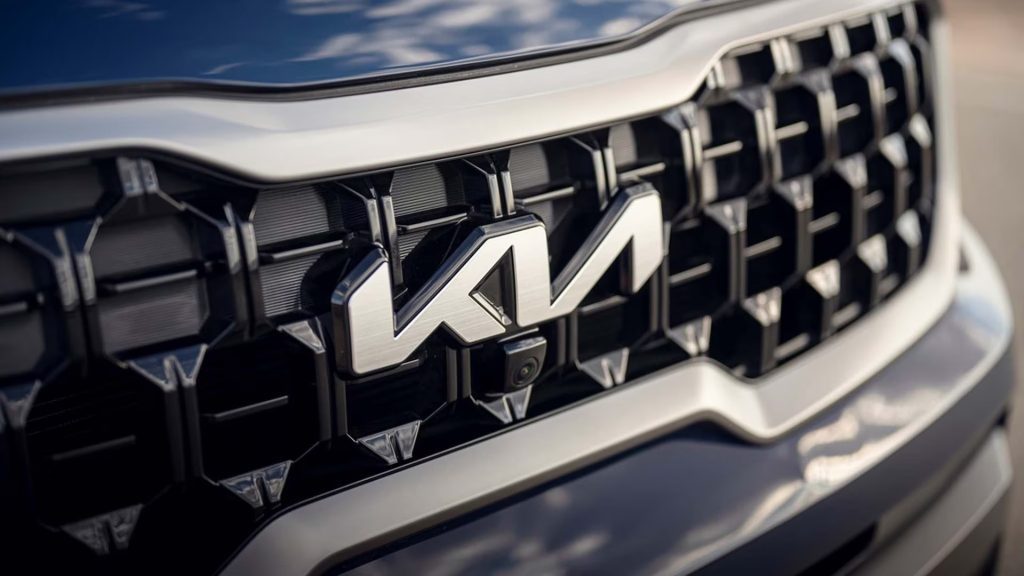
Hyundai, with a recorded workforce of 63,942 employees, came in a pretty close second at $1.85 million per employee. Both companies have been focusing heavily on value for money as well, often charging equivalent or lower prices compared to their competitors, with more standard equipment that those competitors offer as options.
Japan Is The Biggest “Loser”
The quotes in the subheading above are related to the fact that the big six from Japan are not exactly the most efficient, but they are among the most well established. While four of them are still going strong in consumer vehicles and one focusing more on the heavy duty industry, none are really losing, it’s just that their revenue efficiency is lower.
The one that is switching away from road cars towards heavy industry, Mitsubishi Motors, brought in $18.59 billion in 2023 from a recorded workforce of only 28,428. That puts them at only $653,933 per employee, but the records we are accessing for this analysis from VisualCapitalist only track the consumer industry. Heavy industry is a totally different market, with Hyundai and Mitsubishi, both of whom originated as heavy industry brands, bashing heads with each other there.
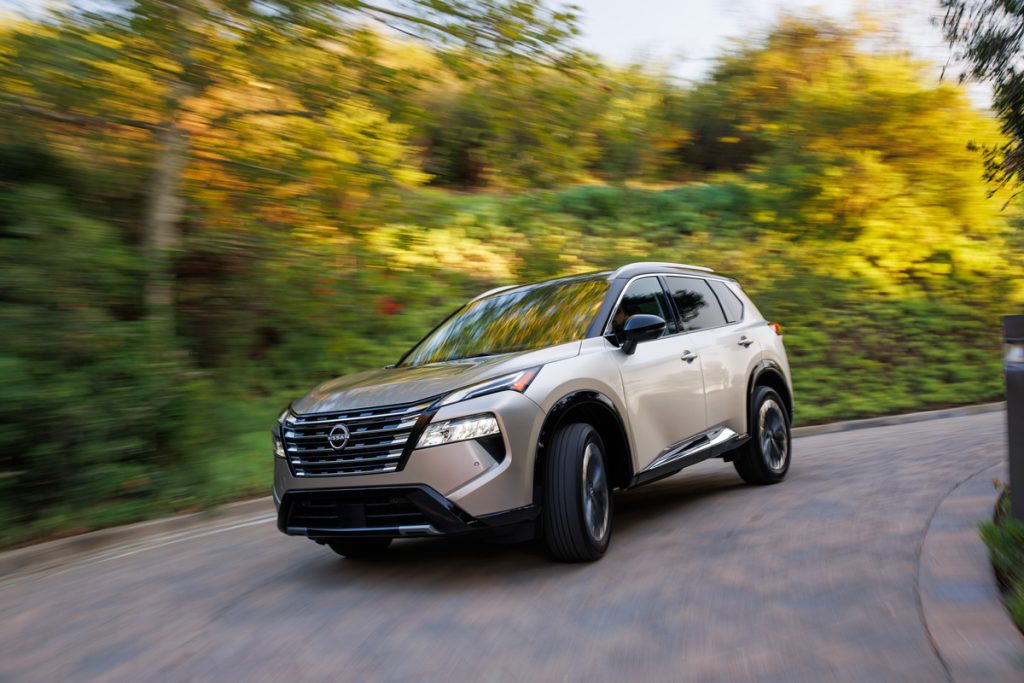
The least efficient automaker from Japan was Nissan, at $626,865. As stated, this doesn’t mean that they failed in any way, as their revenue was $82.57 billion, with a recorded workforce of 131,719. The only reason they are less efficient is because they have a comparatively massive workforce. It also bears reminding that revenue efficiency and production efficiency are two totally different metrics, as Toyota moved over 10 million cars to the US alone in 2023.
The most efficient from Japan, with a relatively small $29.15 billion in revenue and a workforce of only 37,521 was Subaru. Their revenue efficiency stands at $776,898 per employee, and against a titan such as Toyota, they are definitely holding their own. This is mostly due to their cars being centered around an extremely well engineered AWD system (except for the BRZ, which they only designed the engine for), and for the large part, like Kia and Hyundai, focusing almost all of their attention to into the affordable market in the under-$50k space.

The three other Japanese companies and their efficiency are: Toyota at $756,779 per employee from a massive $283.97 billion and a recorded workforce of 375,235; Honda at $650,836 per employee based on $128.24 billion in revenue and a workforce of 197,039; and Mazda at $642,932 per employee based on $31.17 billion in revenue and a workforce of 48,481.
Some Big Surprises In The Midfield
Despite being one of the most prolific and highest valued EV makers in the world, Tesla has a relatively poor revenue efficiency of $735,364 per employee. The biggest reason for this is that across the board, all of their vehicle prices dropped significantly in 2023, which led to Tesla recording “only” $94.02 billion in revenue. They also have a significant workforce of 127,855, so while they can churn out EVs like no one’s business, it isn’t fair to call them a loser by any stretch of the imagination.
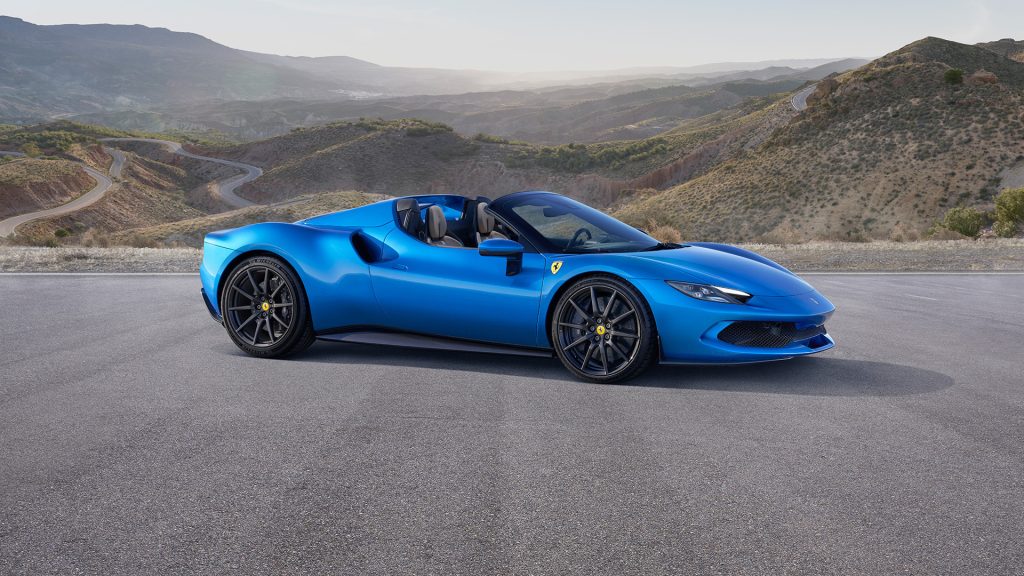
Of all the other automakers, it is the company with the smallest recorded workforce, Ferrari S.p.A. that comes out as one of the most efficient automakers in the world. While they are definitely a boutique automaker, and produce supercars and hypercars, they only have 4,961 employees compared to a 2023 revenue of $5.85 billion. That gives them a revenue efficiency of $1.18 million per employee.

For the USA, General Motors just edges out Ford, to the tune of $1.02 million per employee versus $981,561 per employee. Both had shockingly close levels of revenue, GM at $169.72 billion and Ford at $169.81 billion.
The determining factor was GM having roughly 6,000 less employees than the Blue Oval, at 167,000 compared to 173,000. Otherwise, the midfield efficiency difference between the two biggest American companies is, in the grand scale of things, about as thin as a human hair.
Analysis
So what does this all mean?
The biggest takeaway that we could find in all the numbers is that having neither the biggest workforce or the highest revenue really matters in terms of revenue efficiency. In production efficiency, where you need to churn out vehicles at a breakneck pace, then having a bigger workforce directly means having more cars available for sale.
The perfect example is Kia versus Toyota. One is a tiny company with less than 40,000 employees, the other is the automotive juggernaut who’s only real competition is the VW Group.
Yet, Kia is the most efficient automaker in 2023 in terms of revenue, and the only one that has a valuation of over $2 million per employee.
This, in industry speak, means that efficiency isn’t solely derived from how big the workforce is or how much name recognition a brand has, and lies much more in strategic utilization of available resources.
This is why Kia and Hyundai, who are very well regarded across the globe, top the list while the biggest “name drop” brands such as BMW ($1.07 million per employee) and Mercedes ($948,363 per employee) are ranked 5th and 8th respectively.
That is also why the gargantuan production machines that are Toyota and Honda are at the bottom of the midfield. Both are huge companies, with Toyota almost at $300 billion in revenue and Honda easily clearing $100 billion with a ton of room to spare, but because of that, that is why they are not as efficient.
In sum, we think that if you can have the right kinds of cars that people want at the right price, with a highly efficient production workforce that isn’t too large, you will be the David that beats the Goliaths.



